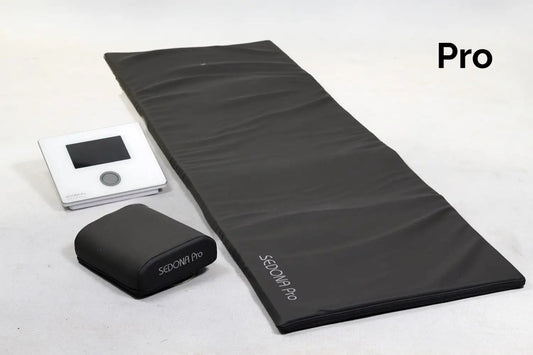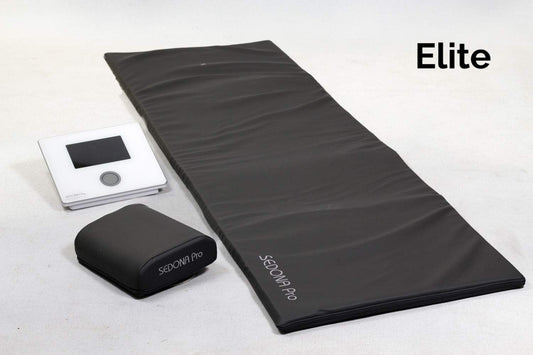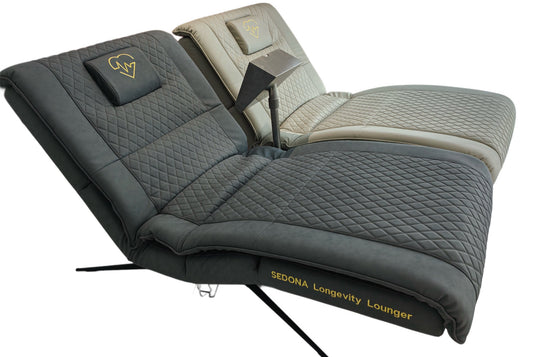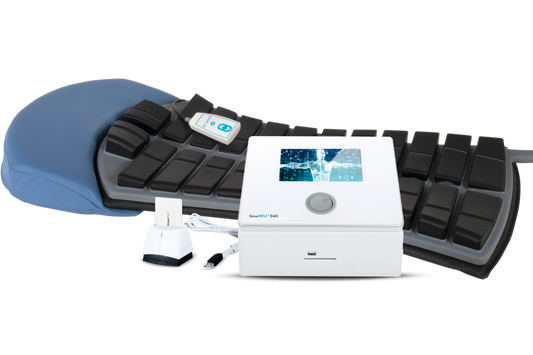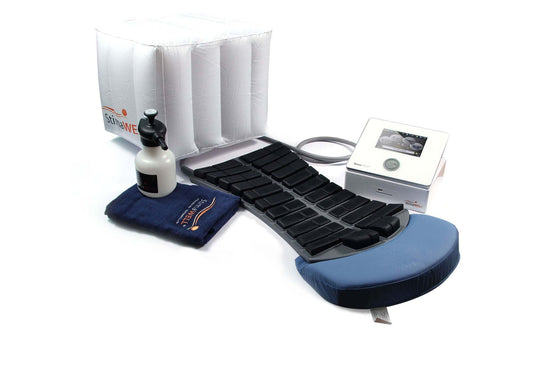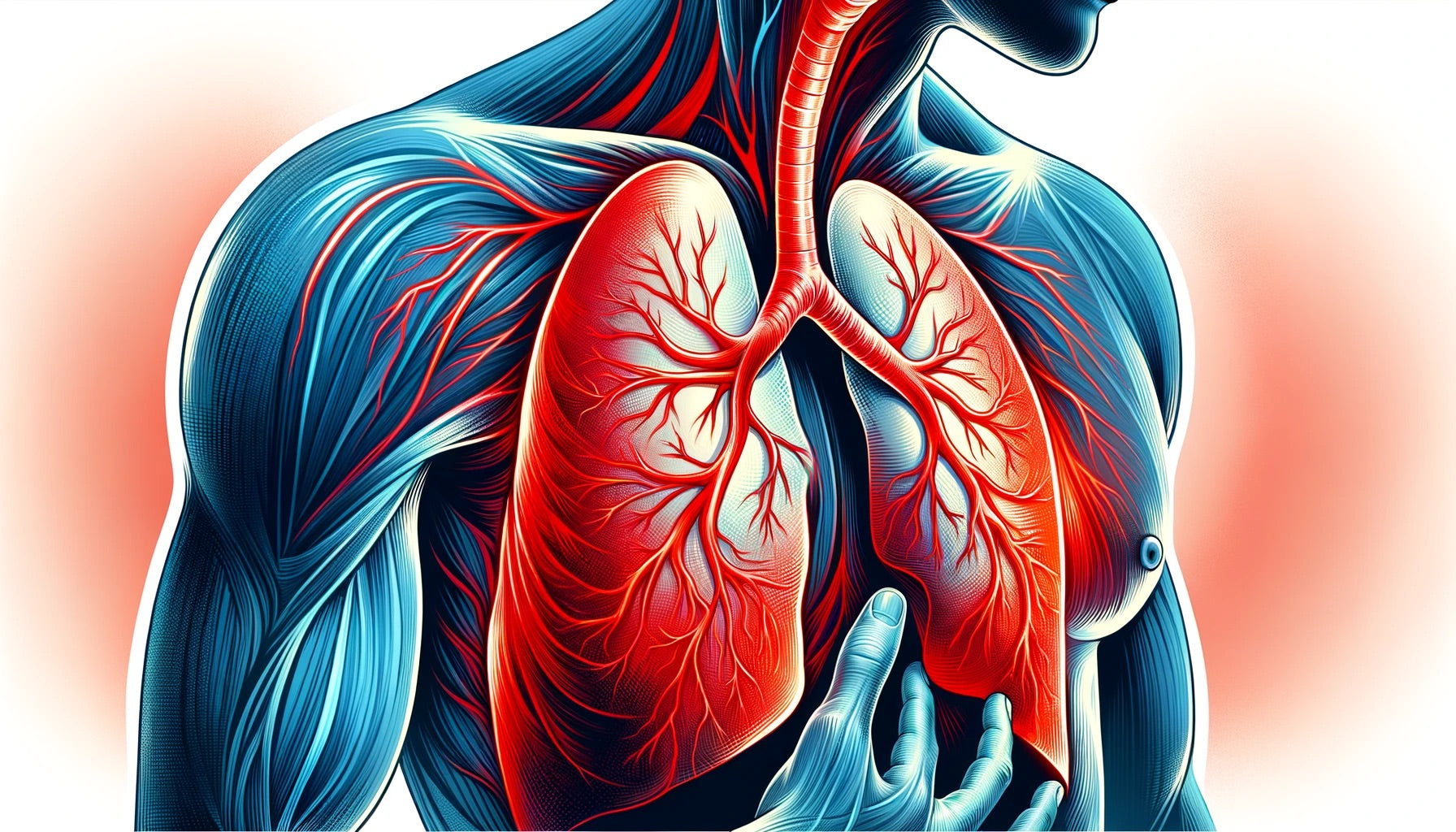
PEMF THERAPY FOR LUNG DISEASE
PEMF (Pulsed Electromagnetic Field) therapy is emerging as a promising non-invasive treatment to aid in the management of various lung diseases, including chronic obstructive pulmonary disease (COPD), asthma, and pulmonary fibrosis. Using a PEMF mat could significantly enhance the quality of life for individuals suffering from these conditions by harnessing the therapeutic benefits of electromagnetic fields. Here’s a detailed look at how PEMF therapy can assist in the management of lung diseases and why investing in a PEMF mat could be beneficial.
Understanding Lung Diseases and PEMF Therapy
Lung diseases often involve chronic inflammation, restricted airflow, difficulty in breathing, and an overall decline in lung function. Traditional treatments vary based on the condition and often include medications, inhalers, and in some cases, oxygen therapy. PEMF therapy provides a complementary approach by enhancing cellular function and reducing inflammation, potentially easing symptoms associated with lung diseases.
How PEMF Therapy Helps with Lung Diseases
Reduction of Inflammation:
Chronic inflammation in the respiratory system can exacerbate symptoms of lung diseases and lead to further complications. PEMF therapy helps reduce inflammation by affecting the electrical charges of the cell membranes, thereby stabilizing the cells and reducing the release of inflammatory substances. This can lead to a reduction in swelling and discomfort in the airways and improve breathing.
Enhancement of Oxygen Utilization:
PEMF therapy can improve cellular oxygenation and circulation. This enhancement is crucial for patients with lung disease, as it can increase the efficiency of oxygen use in the body. Better oxygen utilization can help alleviate the feeling of shortness of breath and increase energy levels.
Supporting Tissue Repair and Regeneration:
Lung tissues damaged by chronic diseases or smoking can benefit from PEMF’s ability to stimulate cellular regeneration. This regenerative effect can help repair lung tissues and enhance the overall function of the lungs.
Boosting the Immune System:
PEMF therapy can strengthen the immune system, making it more efficient at fighting infections that can exacerbate lung conditions. A robust immune response is essential for maintaining lung health and preventing secondary infections.
PEMF MAT BENEFITS FOR LUNG DISEASE
Our PEMF mat is designed to optimize the therapeutic effects of PEMF therapy for lung disease sufferers:
Targeted Treatment:
While conventional PEMF devices offer localized treatment, our PEMF mat provides full-body exposure, ensuring comprehensive electromagnetic interaction that covers the entire respiratory system.
Customizable Settings:
Different stages and types of lung diseases require specific treatment intensities and frequencies. Our PEMF mat offers customizable settings to cater to these individual needs, making it versatile for various lung conditions.
Ease of Use:
The mat is designed for ease of use, allowing patients to receive daily treatment in the comfort of their own homes. This regular, consistent use is key to achieving the best therapeutic outcomes.
Comfort and Safety:
Made with non-toxic materials and built to the highest safety standards, our mat ensures a comfortable and safe experience for all users, including those with sensitive health conditions.
CONCLUSION
Incorporating a PEMF mat into your health regimen could significantly improve the management of lung diseases by enhancing lung function, reducing symptoms, and improving overall quality of life. With its non-invasive nature and lack of adverse side effects.
PEMF therapy offers a promising alternative or complementary solution to traditional lung disease treatments. Invest in your respiratory health today. Discover the benefits of our PEMF mat and take a proactive step towards better lung health.
RECOMMENDED PROGRAMS
If you already own one of our PEMF Mats we recommend these programs for Lung Disease:
-
SEDONA PRO/PRO PLUS PEMF MAT
Wellness: 4
Sport: 4, 8, 9, 11, 12
-
SEDONA ELITE PEMF MAT
Wellness: 1, 2
Longevity: 1, 2
STUDIES
-
Read Study
PubMed - The effect of the pulsatile electromagnetic field in patients suffering from chronic obstructive pulmonary disease and bronchial asthma.
-
Read Study
PubMed - In Vitro and in Vivo Study of the Effect of Osteogenic Pulsed Electromagnetic Fields on Breast and Lung Cancer Cells.
SEDONA WELLNESS PRODUCTS
-
SEDONA PEMF FACEMASK
Vendor:Sedona WellnessRegular price $390.00 USDRegular priceUnit price / per -
TIMMYZZZ PEMF PILLOW
Vendor:Sedona WellnessRegular price $390.00 USDRegular priceUnit price / per -
SEDONA PRO PEMF MAT
Vendor:Sedona WellnessRegular price From $5,900.00 USDRegular priceUnit price / per -
SEDONA PRO PLUS PEMF MAT
Vendor:Sedona WellnessRegular price From $6,900.00 USDRegular priceUnit price / per -
SEDONA ELITE PEMF MAT
Vendor:Sedona WellnessRegular price From $7,900.00 USDRegular priceUnit price / per -
SEDONA PEMF CHAIR
Vendor:Sedona WellnessRegular price From $14,900.00 USDRegular priceUnit price / per -
STIMAWELL EMS BACK MAT
Vendor:Sedona WellnessRegular price $16,900.00 USDRegular priceUnit price / per -
LONGEVITY LOUNGER PEMF BED
Vendor:Sedona WellnessRegular price From $21,900.00 USDRegular priceUnit price / per





